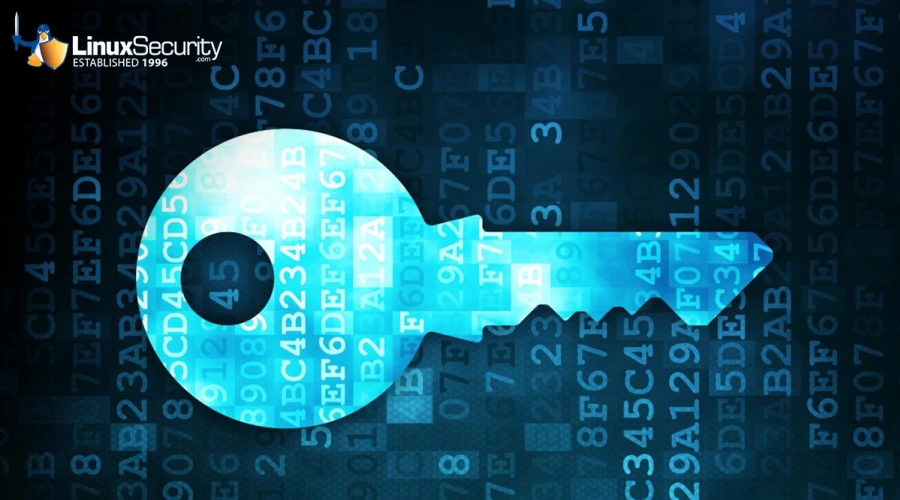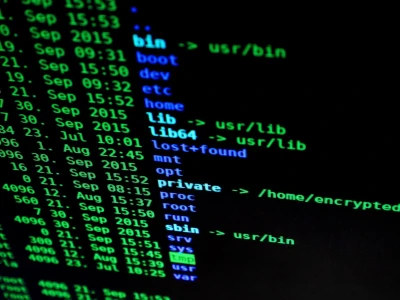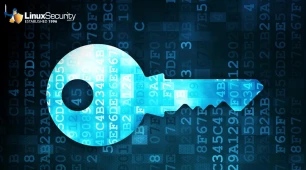
RansomHub, a Ransomware-as-a-Service (RaaS) platform, has emerged as a significant threat to organizations around the globe. Targeting Windows, Linux, and ESXi systems with malware written in Go and C++ programming languages, RansomHub quickly made waves in the cybercrime landscape.
This article explores RansomHub's threat profile and practical mitigation measures against this insidious ransomware.
Overview of the RansomHub Threat
 First introduced on the underground forum Ramp by user "koley," RansomHub stands out due to its multi-OS targeting ability. By exploiting vulnerabilities across Windows, Linux, and ESXi systems, RansomHub has significantly broadened its attack surface and poses a substantial threat across various organizations. Furthermore, its high % commission rate of 90% attracts experienced affiliates who play an essential part in spreading and executing malicious payloads that exponentially increase infections.
First introduced on the underground forum Ramp by user "koley," RansomHub stands out due to its multi-OS targeting ability. By exploiting vulnerabilities across Windows, Linux, and ESXi systems, RansomHub has significantly broadened its attack surface and poses a substantial threat across various organizations. Furthermore, its high % commission rate of 90% attracts experienced affiliates who play an essential part in spreading and executing malicious payloads that exponentially increase infections.
Since its creation, RansomHub has caused 45 victims across 18 countries, with IT sector employees being the primary targets. This indicates a trend of "big game hunting," where threat actors specifically target high-value targets to extract substantial ransom payments. RansomHub affiliates have leveraged cloud storage backups and misconfigured Amazon S3 instances to extort victims, showing an advanced and strategic approach toward ransomware deployment.
Connections and Code Overlaps
Code overlaps between RansomHub and other ransomware variants, such as ALPHV and Knight Ransomware, have been discovered, suggesting potential connections or shared resources among these criminal groups. RansomHub utilizes password-protected decryptors, making dynamic malware analysis difficult for security researchers to comprehend all its capabilities.
RansomHub's ESXi version employs unique tactics that distinguish itself, such as creating the file /tmp/app.pid to stop multiple instances from running simultaneously. This strategy serves as an obstacle for security measures designed to counter ransomware attacks, necessitating innovative mitigation strategies to combat threats effectively.
What Are the Security Implications for Linux Admins?
As a versatile ransomware capable of infiltrating Linux servers, RansomHub poses an immediate danger to administrators who manage Linux-based platforms. As RansomHub becomes more prevalent across different platforms, its targeting highlights the necessity of fortifying security measures against cyber threats.
Linux administrators must recognize the importance of data integrity and system availability when protecting against RansomHub's effects. Given its ability to encrypt files, disrupt system operations, and potentially leak sensitive information, proactive security measures are vitally necessary to protect Linux environments against intrusions by malicious actors.
Security Measures to Safeguard Against RansomHub Attacks
 Practical measures for securing Linux systems against RansomHub attacks include:
Practical measures for securing Linux systems against RansomHub attacks include:
- Network Isolation and Segmentation: Segmenting networks to limit lateral movement may help thwart RansomHub from infiltrating interconnected systems and spreading ransomware, thus containing its spread and lessening its effect on critical infrastructure.
- Using EDR Services: Utilizing Endpoint Detection and Response (EDR) services with YARA/Sigma rules increases visibility and responsiveness to ransomware attacks on Linux systems, helping organizations proactively protect themselves against RansomHub infection.
- Implementing Least Privilege Access and Multi-Factor Authentication: Implementing least privilege access and multi-factor authentication on remote services strengthens Linux systems by mitigating risks related to unauthorized access and decreasing their attack surface against RansomHub ransomware attacks.
- Data Backup and Recovery: Regular data backup provides Linux administrators with a reliable means to mitigate ransomware attacks by protecting themselves against their damage through recovery strategies that provide reliable protection. Robust backup solutions enable administrators to restore systems quickly after an attack and lessen its impact.
- Patch Management and Collaboration: Implementing up-to-date patch management practices on Linux systems protects them from known vulnerabilities that ransomware attacks could exploit. Working closely with solution providers on system audits and strategic assessments increases organizations' readiness to counter evolving threats like RansomHub more efficiently.
Our Final Thoughts on Preventing RansomHub Attacks
RansomHub's rise as a multi-OS ransomware threat with high commission rates highlights the urgency for organizations, particularly Linux administrators, to fortify their defenses against this sophisticated malware. By taking robust mitigation steps such as detection mechanisms, network segmentation, endpoint protection, access controls, backup strategies, and working collaboratively with security partners, organizations can increase resilience against RansomHub attacks while safeguarding critical assets against threats like RansomHub.
















